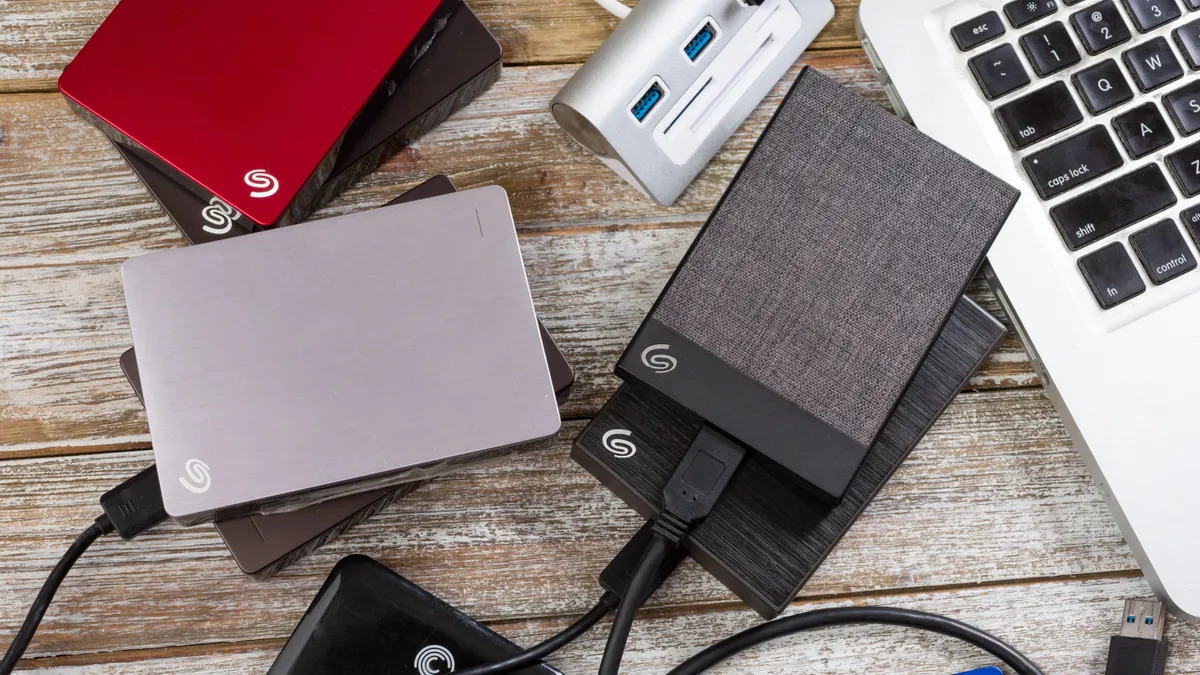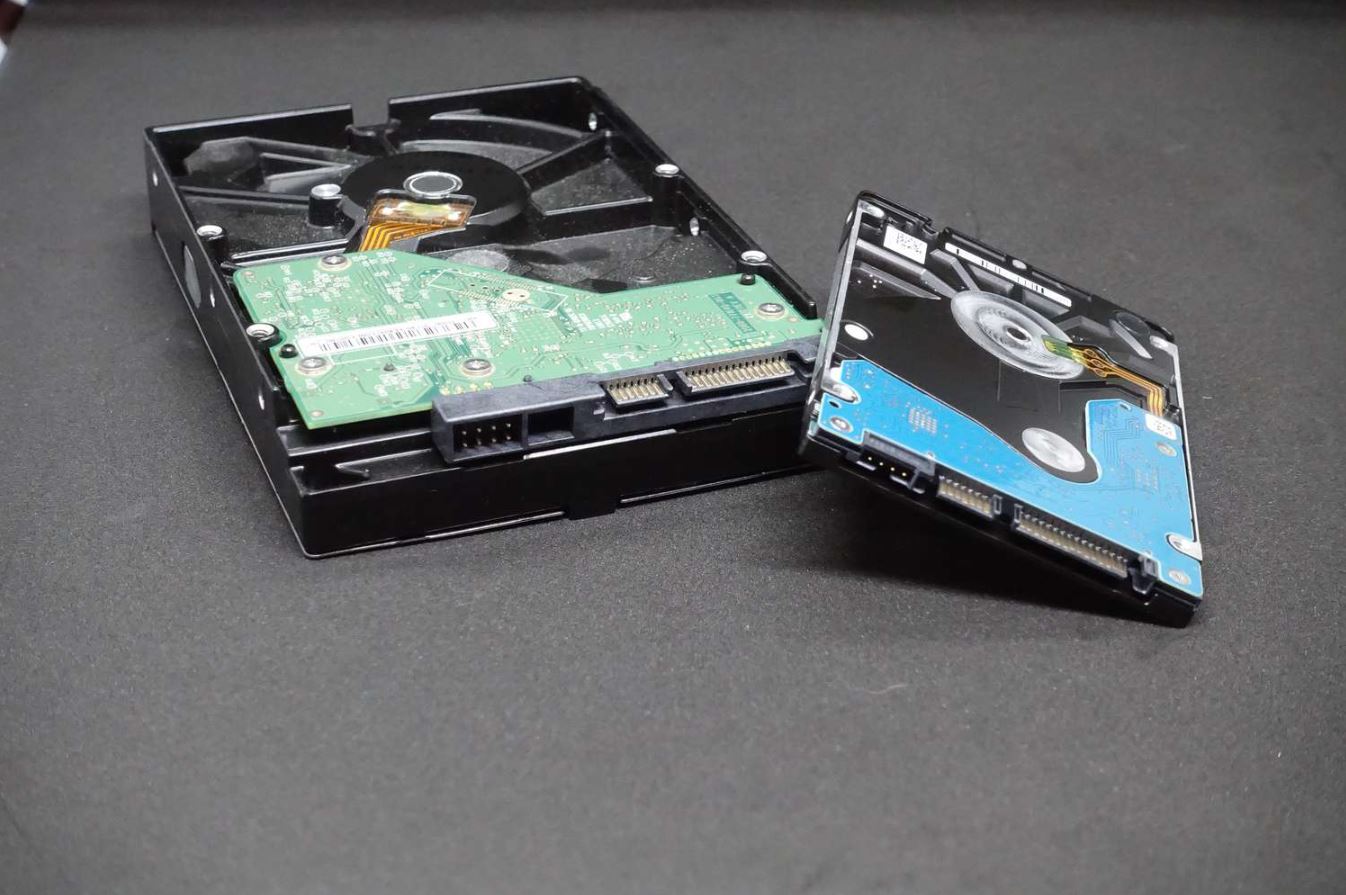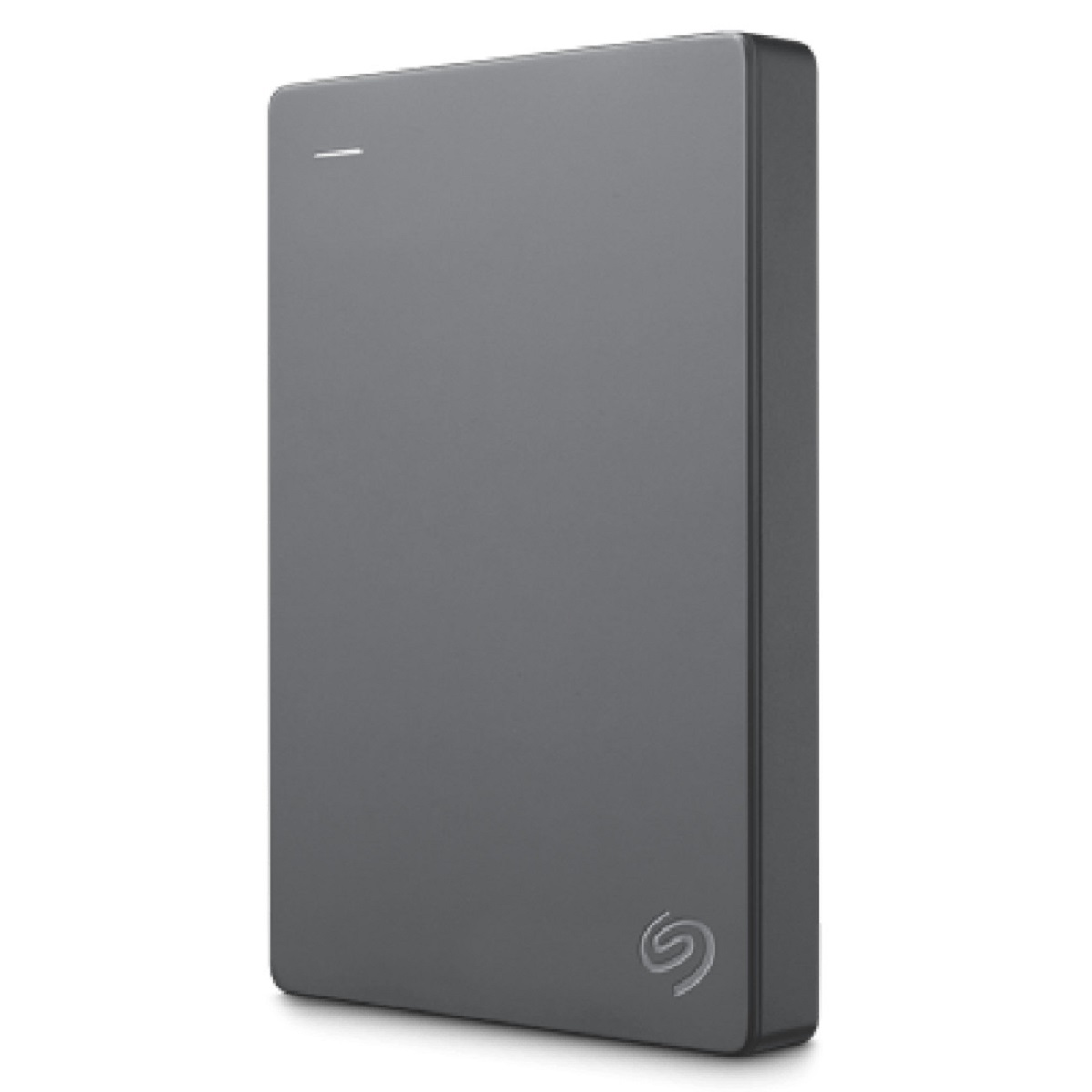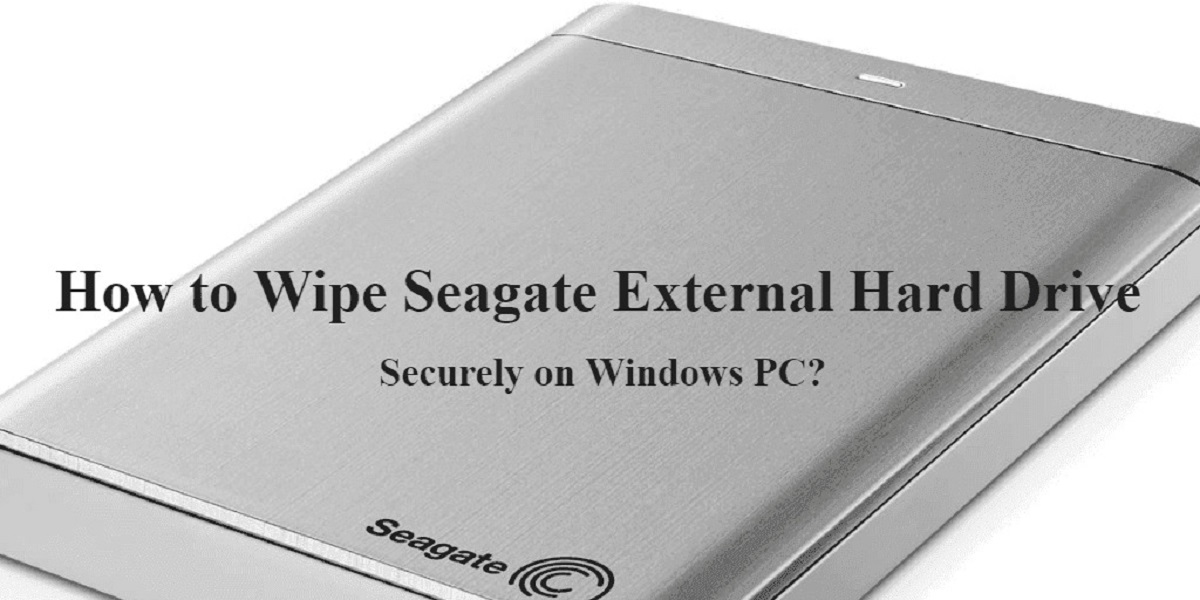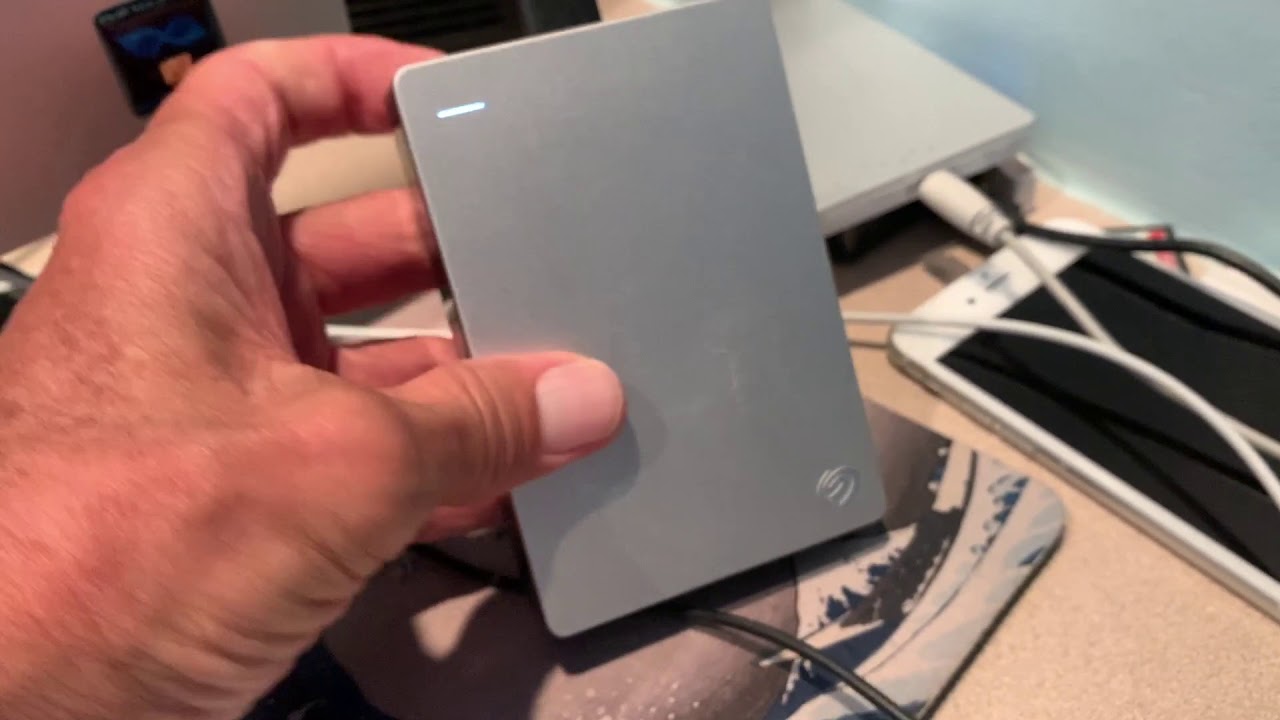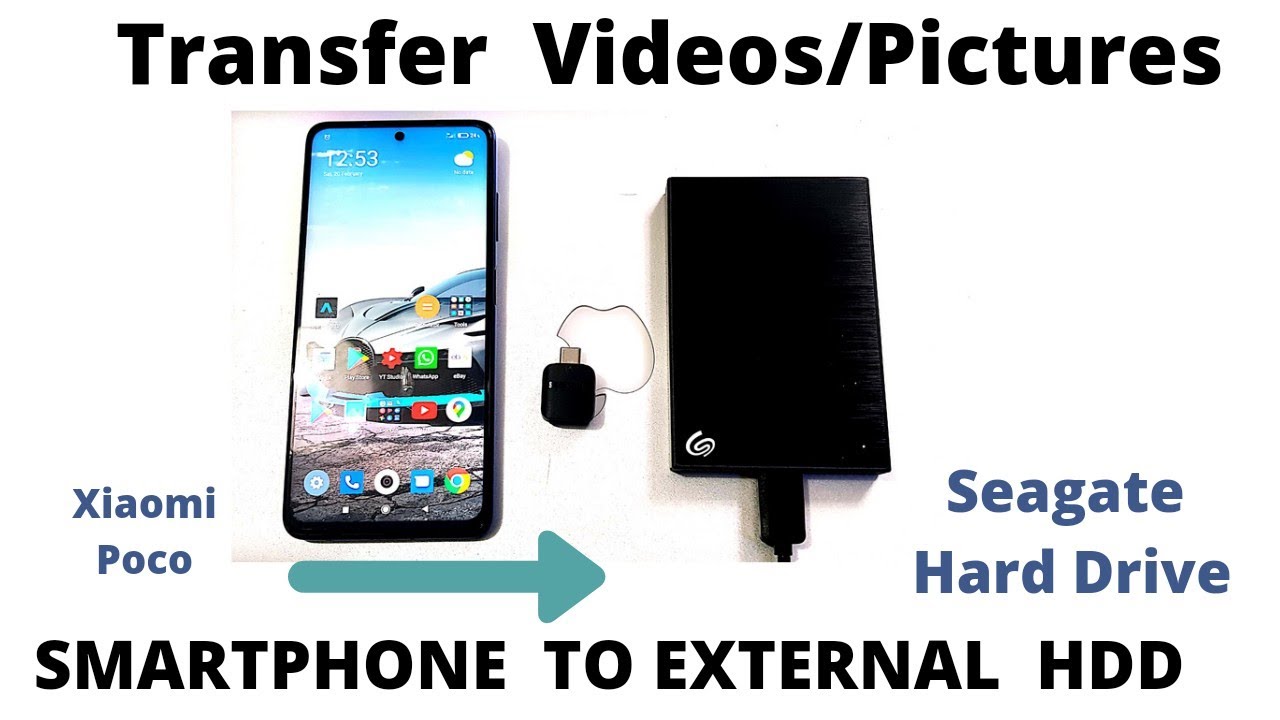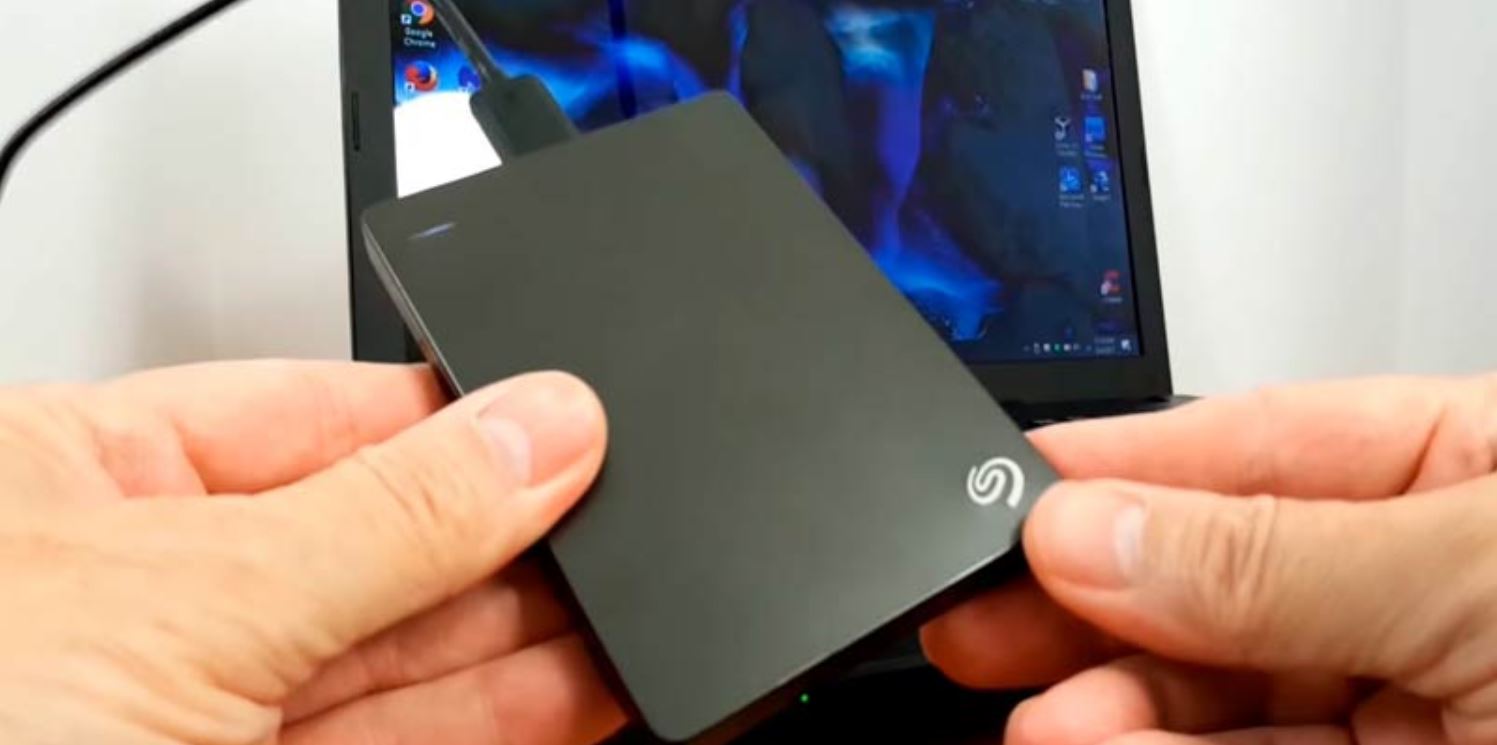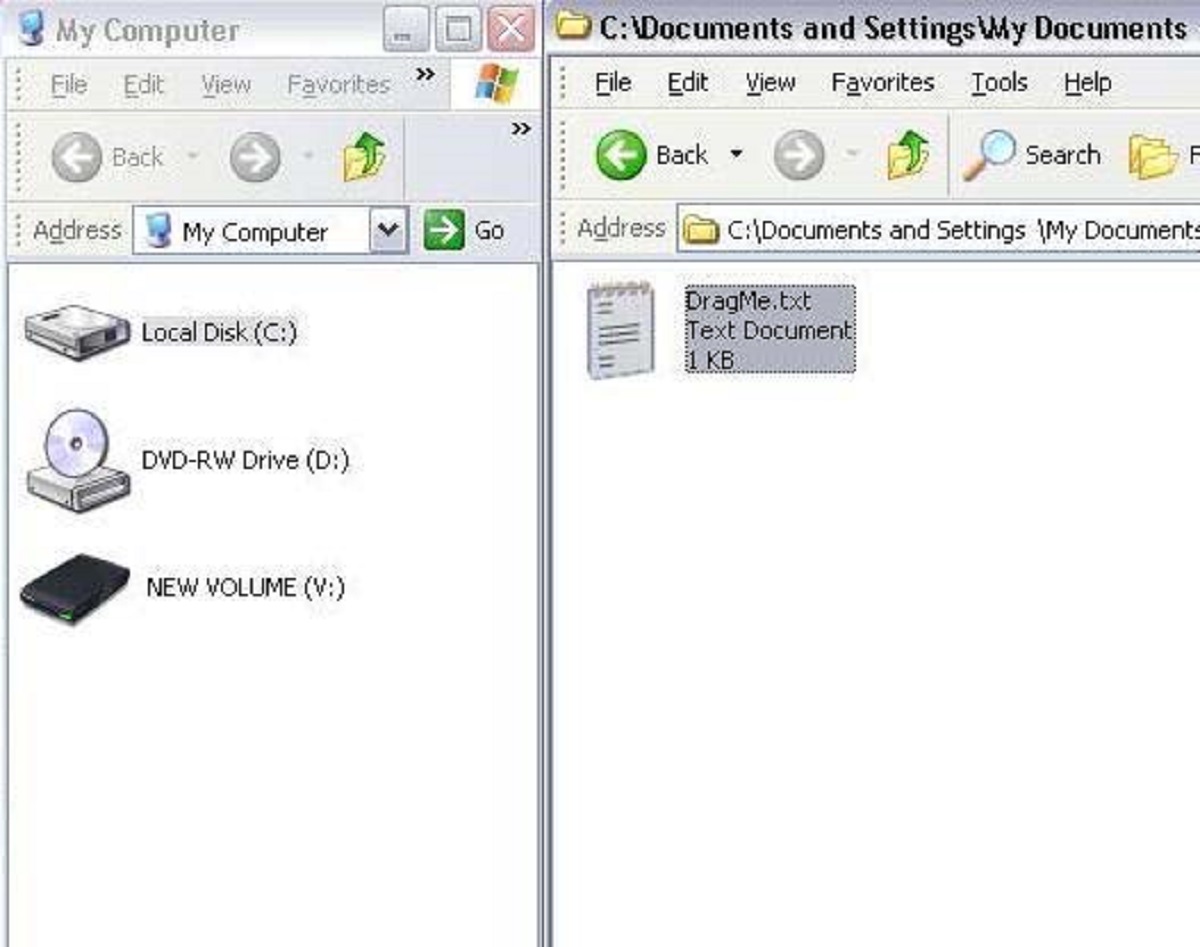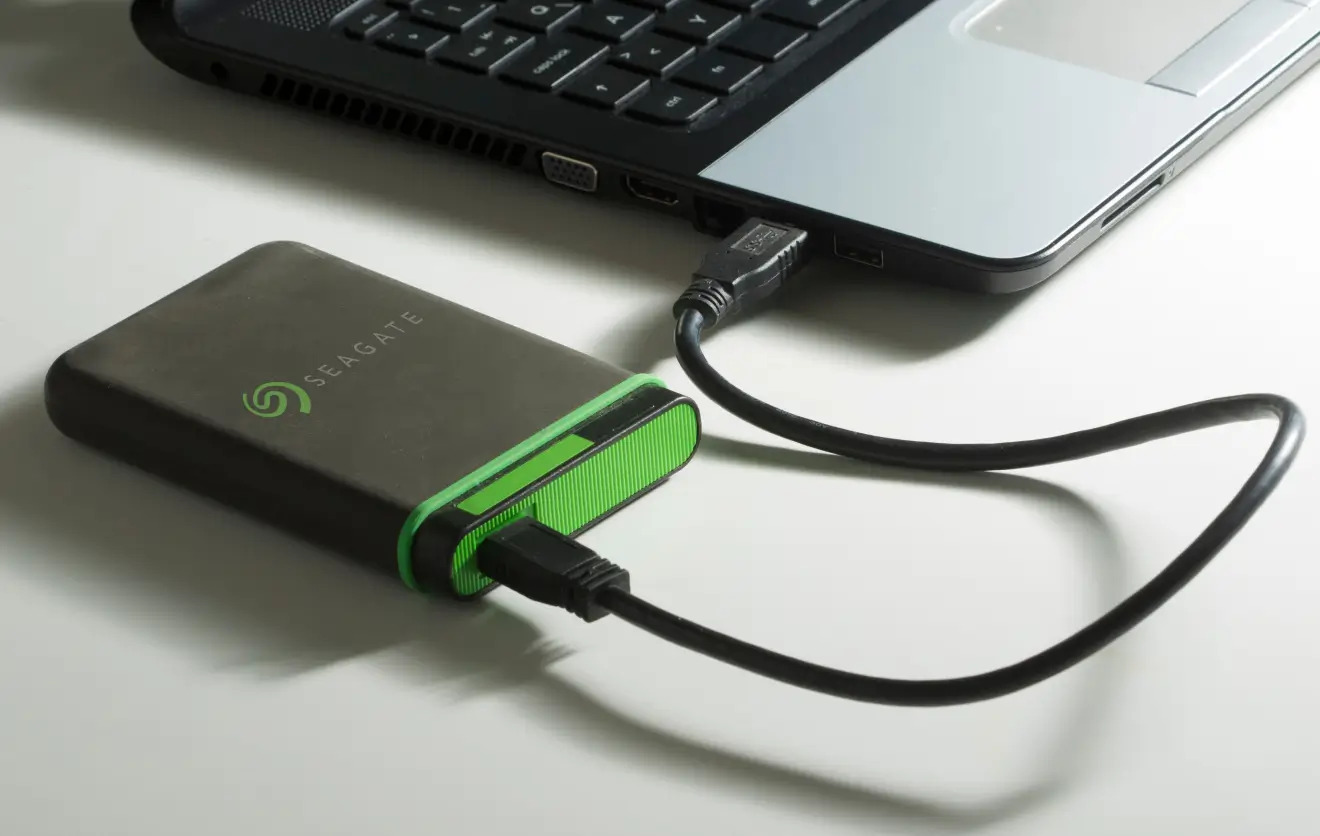Introduction
Welcome to the guide on how to safely eject a Seagate external hard drive. Whether you’re using a Windows or macOS operating system, it’s essential to properly disconnect your external hard drive to prevent data corruption or loss. In this article, we will walk you through the step-by-step process of safely ejecting your Seagate external hard drive.
External hard drives are widely used for storing and transferring large amounts of data. They provide a convenient way to expand your computer’s storage capacity and keep your files organized. However, when it comes to removing the external hard drive from your computer, simply unplugging it can lead to potential data errors and damage to the drive.
By following the correct procedure to eject your Seagate external hard drive, you can minimize the risk of data loss and ensure its longevity. Whether you’re using Windows or macOS, the steps for safely ejecting the drive are straightforward and easy to follow.
Please note that the exact steps may vary slightly depending on your specific operating system version. Nonetheless, the general process remains the same. We recommend saving any unsaved work or closing any applications using the external drive before proceeding with the ejection process.
So, without any further ado, let’s dive into the step-by-step instructions on how to safely eject your Seagate external hard drive on Windows and macOS.
Step 1: Check for any ongoing file transfers
Before ejecting your Seagate external hard drive, it’s crucial to ensure that there are no ongoing file transfers or operations involving the drive. Abruptly disconnecting the drive during a file transfer can lead to data corruption or loss. Follow these steps to check if any file transfers are in progress:
- Windows:
- Look for the “Safely remove hardware and eject media” icon in the system tray, usually located on the bottom right corner of the screen.
- Click on the icon to open the list of removable devices.
- Locate your Seagate external hard drive in the list and check if there are any active transfers or operations.
- If you find any ongoing transfers, wait for them to complete before proceeding to the next steps.
- macOS:
- Open the “Finder” by clicking on the blue and white smiley face icon on the dock.
- Look for your Seagate external hard drive in the left-hand sidebar under “Devices” or “External Drives”.
- Check if there are any file transfers or operations in progress with the drive.
- If you find any ongoing transfers, wait for them to finish before proceeding.
Verifying that there are no active file transfers is essential to ensure the integrity of your data. It allows the operating system to properly complete any write operations and cache flushes before you safely eject the Seagate external hard drive. This step reduces the risk of data loss and ensures a smooth ejection process.
Once you’ve confirmed that there are no ongoing file transfers, you’re ready to proceed to the next steps to safely remove your Seagate external hard drive.
Step 2: Safely remove the Seagate external hard drive on Windows
Windows provides a built-in feature that allows you to safely remove hardware devices, including your Seagate external hard drive. By following these steps, you can ensure that all read and write operations are finished before disconnecting the drive:
- Locate the “Safely remove hardware and eject media” icon in the system tray, usually found on the bottom right corner of the screen. It looks like a small USB connector with a green checkmark.
- Click on the icon to open the list of removable devices.
- Find your Seagate external hard drive in the list and click on its name to select it.
- A notification will appear, indicating that it’s safe to remove the device. Wait for this notification to appear before proceeding.
- Once the notification appears, you can safely unplug your Seagate external hard drive from the computer.
It’s essential to follow this process to ensure that all pending write operations are completed and that the drive is properly flushed. This step prevents data corruption and ensures that your files are securely saved on the Seagate external hard drive.
Please note that in some cases, the “Safely remove hardware” option may not appear for your Seagate external hard drive. If this happens, make sure that all transferring operations are completed, close any open files or applications related to the drive, and then unplug it.
By safely removing your Seagate external hard drive on Windows, you can protect your data and prolong the lifespan of the drive. Now, let’s move on to the steps for safely removing the drive on macOS.
Step 3: Safely remove the Seagate external hard drive on macOS
Just like Windows, macOS offers a built-in feature to safely eject external hardware devices, including your Seagate external hard drive. Follow these steps to ensure a safe disconnection from your macOS system:
- Open the Finder by clicking on the blue and white smiley face icon in the dock.
- In the left-hand sidebar, locate your Seagate external hard drive under the “Devices” or “External Drives” section. Click on its name to select it.
- Now, either right-click on the selected drive or click on the “File” menu in the Finder’s top menu bar.
- In the context menu or the “File” menu, select the “Eject” option. Alternatively, you can use the keyboard shortcut Command + E to eject the drive.
- Wait for the drive icon to disappear from the Finder sidebar, indicating that it has been successfully ejected.
By following these steps, you ensure that all read and write operations are completed and the macOS system has properly released the Seagate external hard drive. Ejecting the drive prevents any potential data corruption and ensures the safety of your files.
It’s important not to physically disconnect the Seagate external hard drive until you see the drive icon disappear from the Finder sidebar. This ensures that no files are actively being read or written, and all processes related to the drive are safely closed.
Now that you have successfully ejected your Seagate external hard drive on macOS, let’s move on to the next step, which is physically ejecting the drive.
Step 4: Physically eject the Seagate external hard drive
After safely ejecting the Seagate external hard drive from your operating system, it’s time to physically disconnect it from your computer. Follow these steps to ensure a proper disconnection:
- On your computer, locate the USB cable or connector that is connected to the Seagate external hard drive.
- Gently and firmly grasp the connector and carefully unplug it from the computer’s USB port.
- Make sure to pull the connector straight out without twisting or bending it, as this can damage both the cable and the USB port.
It’s important to handle the physical disconnection with care to avoid any potential damage to the Seagate external hard drive or your computer. Always remember to remove the USB connector gently and avoid any unnecessary force.
If your Seagate external hard drive is connected via a different type of interface, such as Thunderbolt or FireWire, follow the same procedure of safely disconnecting the cable. The main goal is to remove the physical connection without causing any damage.
By physically ejecting the Seagate external hard drive from your computer, you ensure that it is no longer connected and ready to be safely stored or used with another device.
Finally, let’s move on to the last step, where we will conclude the process by summarizing the necessary steps to successfully disconnect your Seagate external hard drive.
Step 5: Disconnect the Seagate external hard drive from your computer
Now that you have safely ejected and physically disconnected your Seagate external hard drive from your computer, here are a few additional tips to keep in mind:
- Store the Seagate external hard drive in a safe and secure location to protect it from physical damage or accidental drops.
- Avoid exposing the drive to extreme temperatures, moisture, or direct sunlight, as these factors can harm the drive’s performance and lifespan.
- Regularly backup your important files from the external hard drive to another storage device or cloud-based storage to prevent data loss in case of drive failure or accidents.
- If you plan to use the Seagate external hard drive with a different computer, make sure to follow the proper connection and ejection process for that specific computer system.
By adhering to these additional tips, you can maintain the longevity and reliability of your Seagate external hard drive, ensuring that your files remain safely stored and protected.
Congratulations! You’ve now successfully learned how to safely disconnect and remove your Seagate external hard drive from your computer. By following these steps, you minimize the risk of data corruption and ensure the smooth operation of your external hard drive.
Remember, taking the extra time and effort to properly eject and physically disconnect your Seagate external hard drive is crucial for data integrity and drive longevity. By following these simple steps, you can enjoy a seamless and trouble-free external storage experience.
If you have any additional questions or encounter any issues, consult the Seagate support resources or reach out to their customer support for further assistance.
Conclusion
In this guide, we have discussed the importance of safely ejecting a Seagate external hard drive to prevent data corruption and loss. Whether you’re using a Windows or macOS operating system, following the proper steps to disconnect your external hard drive is crucial for maintaining the integrity of your files.
We started by emphasizing the need to check for any ongoing file transfers before ejecting the Seagate external hard drive. This ensures that all operations involving the drive are completed, minimizing the risk of data corruption.
Next, we provided step-by-step instructions on how to safely remove the Seagate external hard drive on both Windows and macOS systems. By utilizing the built-in features of each operating system, you can ensure that all write operations are finished before disconnecting the drive.
We then discussed the importance of physically ejecting the Seagate external hard drive, highlighting the need for gentle handling to avoid any damage. Properly disconnecting the drive from your computer helps maintain its lifespan and functionality.
Finally, we offered additional tips for storing and maintaining your Seagate external hard drive and emphasized the importance of regular backups to prevent data loss.
By following these steps and taking necessary precautions, you can safely disconnect and remove your Seagate external hard drive from your computer, ensuring the safety and integrity of your files.
If you have any further questions or encounter any difficulties, we recommend referring to Seagate’s support resources or reaching out to their customer support for assistance tailored to your specific needs.
We hope that this guide has been helpful and that you can now confidently disconnect your Seagate external hard drive with ease and peace of mind.







